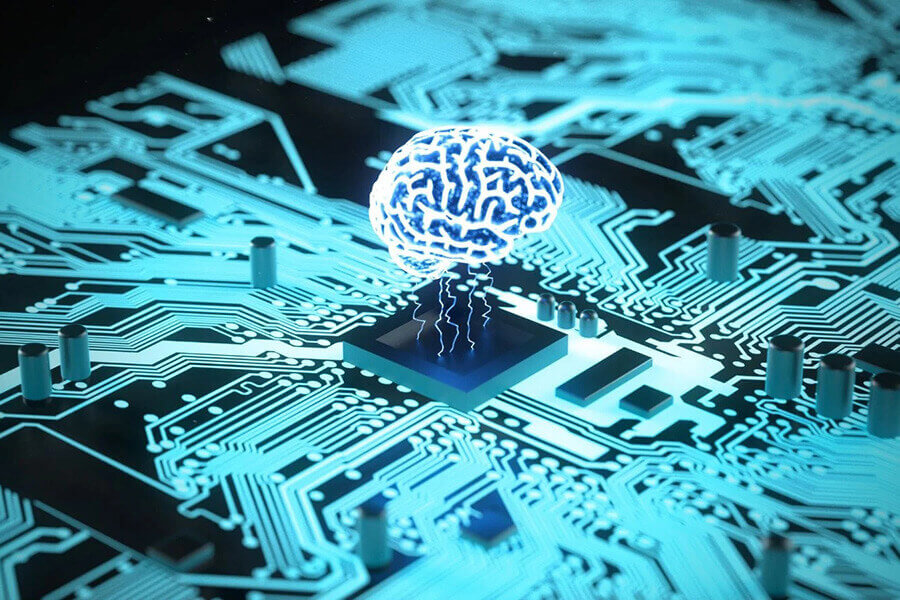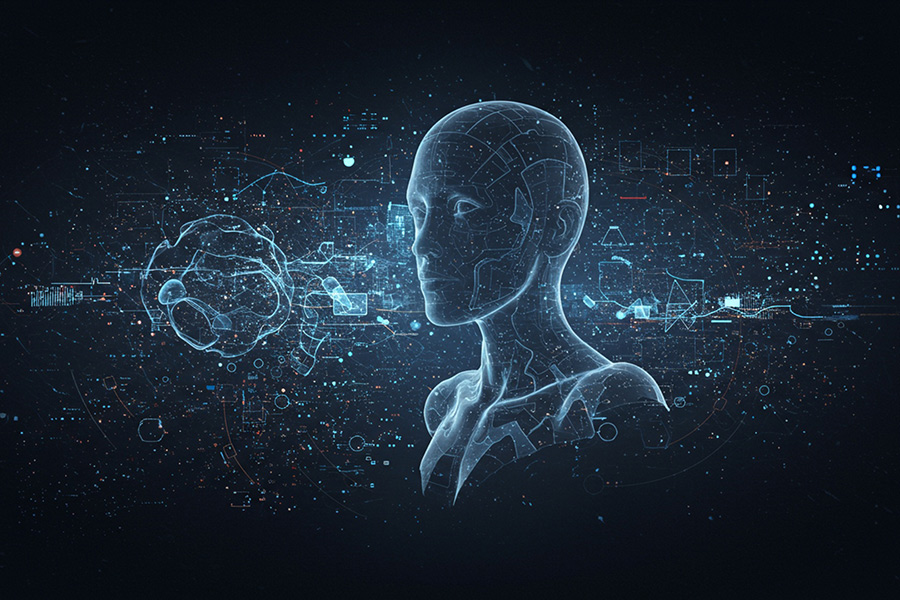Did you know that nearly 70% of businesses worldwide still rely on legacy systems, which can hinder their ability to innovate and compete in this fast-paced digital landscape?
As technology continues to evolve, companies are turning to artificial intelligence to modernize their outdated infrastructure. This comprehensive guide will walk you through the process of modernizing legacy systems, ensuring a seamless transition, and maximizing the benefits of digital transformation.
By the end of this article, you’ll have a clear understanding of how to future-proof your business through modernization, enabling you to stay competitive and achieve your goals.
The Critical Need for Legacy System Modernization
In today’s digital age, the need to modernize legacy systems is more critical than ever, driven by the need for greater efficiency, security, and innovation. Legacy systems, while once the backbone of many organizations, now pose significant challenges as technology continues to evolve.
Current Challenges of Outdated Infrastructure
Outdated infrastructure hinders a company’s ability to innovate and adapt quickly to changing market conditions. It increases maintenance costs and exposes businesses to significant security risks due to the lack of support for modern security protocols.
Technical Debt in Legacy Codebases
Legacy codebases often accumulate technical debt over time, making it difficult and costly to implement new features or maintain existing systems. This technical debt can severely limit a business’s agility and responsiveness to customer needs.
The Cost of Inaction vs. The Benefits of Modernization
Failing to modernize legacy systems can lead to increased costs, reduced competitiveness, and heightened security risks. In contrast, modernizing these systems can significantly reduce technical challenges, enhance efficiency, and reduce risk, ultimately driving business growth and innovation.
Assessing Your Legacy System’s AI Readiness
Before integrating AI into your legacy systems, it’s essential to evaluate your organization’s readiness for this significant transformation. This involves a comprehensive assessment to identify areas that are ripe for modernization and to set clear strategic objectives.
Conducting an AI Readiness Assessment
An AI readiness assessment is a thorough evaluation of your organization’s technical, operational, and cultural readiness for AI integration. This assessment helps identify potential roadblocks and areas for improvement, ensuring a smoother transition to AI-driven legacy systems.
Identifying High-Value Modernization Opportunities
As part of the AI readiness assessment, it’s crucial to identify high-value modernization opportunities that align with your strategic objectives. This involves analyzing your business processes, identifying areas where AI can drive significant value, and prioritizing modernization efforts accordingly.
Setting Strategic Objectives for Your Digital Transformation
Setting clear strategic objectives is vital for a successful digital transformation. This involves defining what you want to achieve through AI integration, establishing key performance indicators (KPIs), and ensuring that your modernization efforts are aligned with your overall business strategy.
By conducting a thorough AI readiness assessment, identifying high-value modernization opportunities, and setting strategic objectives, businesses can ensure a focused approach to their digital transformation, maximizing the strategic value of their investment.
Integrating AI into Legacy Systems: A Strategic Approach
To harness the full potential of AI, businesses must adopt a thoughtful strategy for integrating it into their legacy systems. This involves understanding the complexities of both the existing infrastructure and the AI technology being implemented.
- Building the Business Case for AI Integration: A strong business case is crucial for securing stakeholder buy-in and resources. This involves quantifying the benefits of AI integration, such as improved efficiency, enhanced customer experience, and increased competitiveness. By presenting a precise ROI analysis, organizations can justify the investment in AI modernization.
- Addressing Technical Challenges in Monolithic Codebases: Legacy systems often feature monolithic codebases that are difficult to modify. To overcome this, businesses can adopt modularization techniques, breaking down the monolith into more manageable components. This allows for the integration of AI capabilities without disrupting the entire system.
- Leveraging Existing Data for AI Implementation: AI implementation relies heavily on high-quality data. By leveraging existing data sources, organizations can fuel their AI models, improving accuracy and relevance. This involves establishing robust data pipelines and ensuring the integrity of the data.
- Low-Risk Implementation Strategies: To minimize disruption, businesses can adopt low-risk implementation strategies, such as starting with small pilot projects or integrating AI into non-critical systems first. This approach allows organizations to test and refine their AI integration strategy before scaling up.
By following a strategic approach to AI integration, businesses can successfully modernize their legacy systems, unlocking the full potential of AI to drive innovation and competitiveness.
Step-by-Step Implementation Roadmap
A comprehensive roadmap is necessary for the effective implementation of AI in legacy systems. This roadmap ensures that the integration process is smooth, efficient, and minimizes disruption to existing operations.
- Establishing Robust Data Pipelines: Establishing robust data pipelines is a critical step in the AI integration process. This involves identifying relevant data sources, designing data workflows, and implementing data quality controls to ensure that the data used for AI model training is accurate and reliable.
- Selecting the Right AI Technologies and LLMs: Selecting the appropriate AI technologies and large language models (LLMs) is vital for the success of the modernization effort. This involves evaluating different AI solutions, assessing their compatibility with existing systems, and choosing the ones that best meet the organization’s needs.
- Integration Techniques for Minimal Disruption: To minimize disruption to existing operations, it’s essential to employ integration techniques that are designed to work with legacy systems. This may involve using APIs, microservices, or other integration methods that allow for seamless interaction between old and new systems.
- Testing and Validation Protocols: Rigorous testing and validation protocols are necessary to ensure that the AI-integrated legacy system functions as expected. This includes:
- Performance Testing Considerations to evaluate the system’s performance under various loads and
- Security Validation Requirements to ensure that the system is secure and compliant with relevant regulations.
Measuring Success and Maximizing ROI
The actual value of modernizing legacy systems with AI lies in measuring and optimizing the key performance indicators (KPIs) that matter most. By doing so, businesses can justify their investment, identify areas for improvement, and maximize their return on investment (ROI).
Key Metrics for AI-Driven Legacy Systems
To gauge the effectiveness of AI integration, businesses should track key performance indicators (KPIs) such as system downtime, processing efficiency, and user satisfaction. For instance, a 20% reduction in average downtime can have a significant impact on operational continuity.
Documenting Improvements Beyond Downtime
While reducing downtime is crucial, other improvements can also have a significant impact on overall system performance. Documenting these enhancements helps in understanding the broader benefits of AI integration.
Enhancing Employee Adoption and Satisfaction
AI-driven legacy systems can lead to increased job satisfaction among employees. Notably, 85% of users reported improved satisfaction due to more intuitive and efficient system interactions.
By focusing on these critical areas and continually measuring and optimizing key performance indicators (KPIs), businesses can ensure they are maximizing the benefits of their AI-driven legacy systems.
Future-Proofing Your Business Through AI Modernization
Modernizing legacy systems with AI is a strategic imperative for businesses seeking to stay competitive in today’s fast-paced technological landscape. By integrating AI into existing infrastructure, organizations can drive long-term success and capitalize on new opportunities.
As technology continues to evolve, businesses that embrace AI modernization will be well-positioned to navigate the challenges of an increasingly complex digital world. This comprehensive guide has outlined the critical steps for successful AI integration, from assessing legacy system readiness to measuring the ROI of AI-driven modernization.
By following these guidelines, businesses can ensure a seamless transition to AI-powered operations, achieving significant benefits, including reduced downtime and increased employee satisfaction. Future-proofing your business through AI modernization is no longer a choice, but a necessity for sustained growth and competitiveness.







